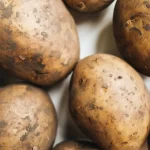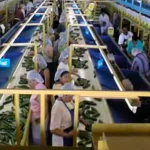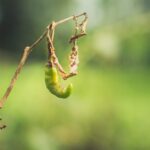
The potato (Solanum tuberosum L.) is one of the most important foods in the world due to its high nutritional value. Mexico is one of the main producing countries, due to the edaphoclimatic conditions, with Sonora and Sinaloa being the main producing states (SIAP, 2019). However, it is estimated that the losses amount to 25% of the total harvest, these losses are generally due to the incidence and interaction of physical, physiological and pathological factors, the latter being the cause of deterioration after the potato harvest. (Naranjo et al., 2002). Due to the above, it is very important to implement post-harvest treatments such as washing and disinfection to reduce potato losses during storage.
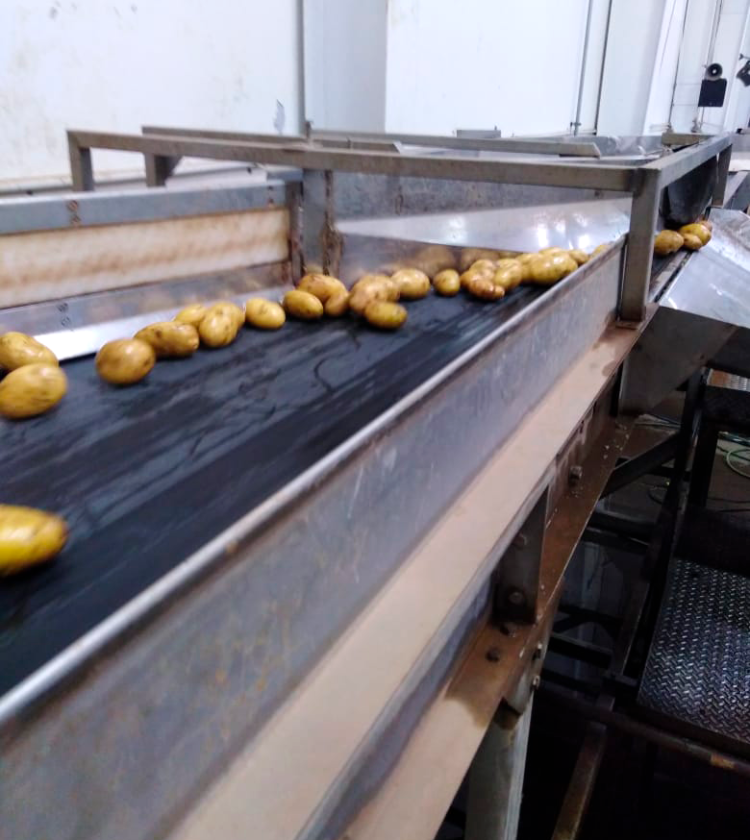
Washing facilitates the removal of organic matter, chemical residues, all foreign elements that are different from the tuber, keeping it clean and healthy and prolonging shelf life in better conditions. The recommendation is the use of food grade soap, low foam and easy to rinse.
Potato disinfection with hydrogen peroxide has been used for the reduction of diseases of potatoes after harvest (storage), some studies have shown interesting results with the application of hydrogen peroxide.
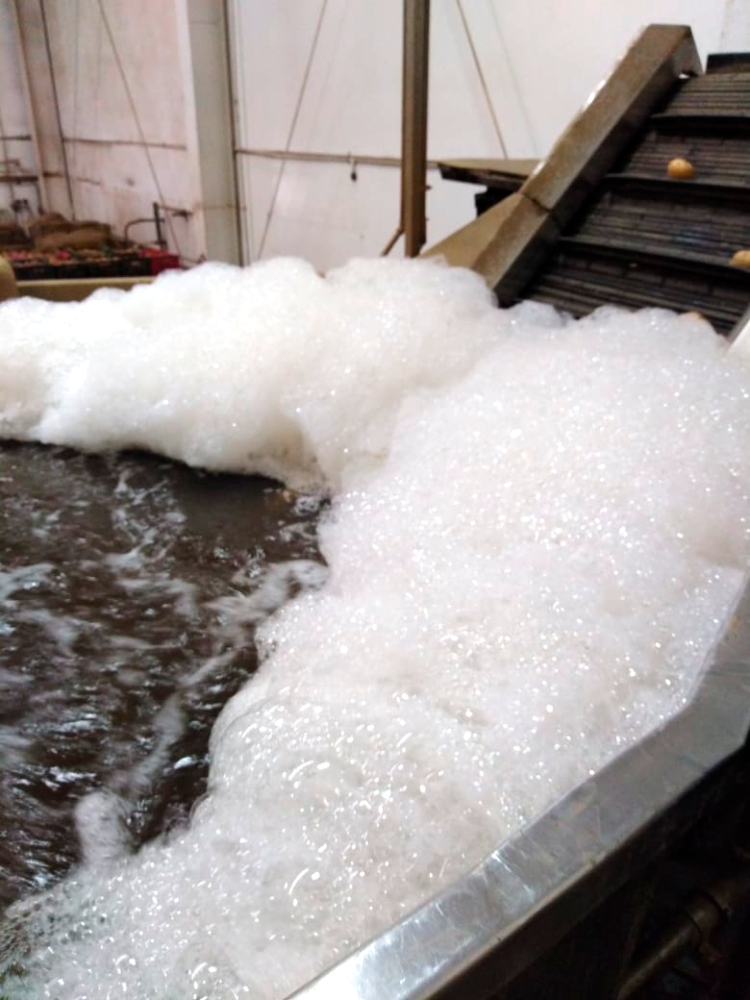
Stored potatoes treated with hydrogen peroxide reduce the development of tuber late blight, pink rot, soft rot, Pythium leak (water rot), silver scum disease.
In a study carried out with hydrogen peroxide, the percentage of tubers infected by Helminthosporium solani was 2% after 6 months of storage with 5 monthly sprays of 10% hydrogen peroxide, compared to 38% in the study. control (without applying hydrogen peroxide).
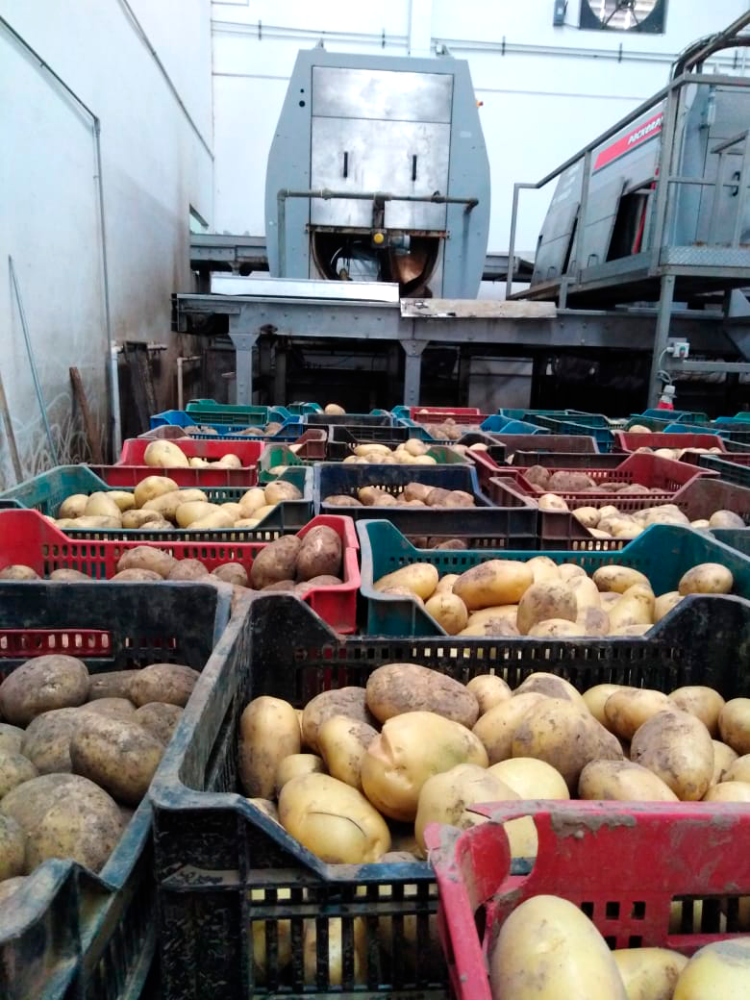
Also, by applying hydrogen peroxide weekly for 4 months, the incidence of early blight, caused by the fungus Alternaria solani, is reduced by up to 10% (Feliziani et al., 2016).
Ensuring both the optimum preservation of the products and a long duration in good conditions until they reach the point of sale is one of the great challenges faced by the agricultural sector and in the case of the potato it is no exception, the good Potato storage is an essential aspect.
Not only the product can be contaminated with pathogens, but also the entire space that surrounds it and can potentially be contaminated by chemical factors (residues of pesticides) or biological factors (viruses, bacteria, fungi).
Therefore, the disinfection of the environment helps to control and prevent pathogens in the space and therefore in the product (U.C, 2019).
Phytosanitary treatment with VAP (hydrogen peroxide vapour) is an option since: it forms a powerful biocide, 400 times more effective than aqueous treatment, cold vaporization does not deteriorate the disinfectant molecule, increasing its biocidal capacity, with less product consumption .
 AgronoBlog – Agriculture Blog
AgronoBlog – Agriculture Blog 